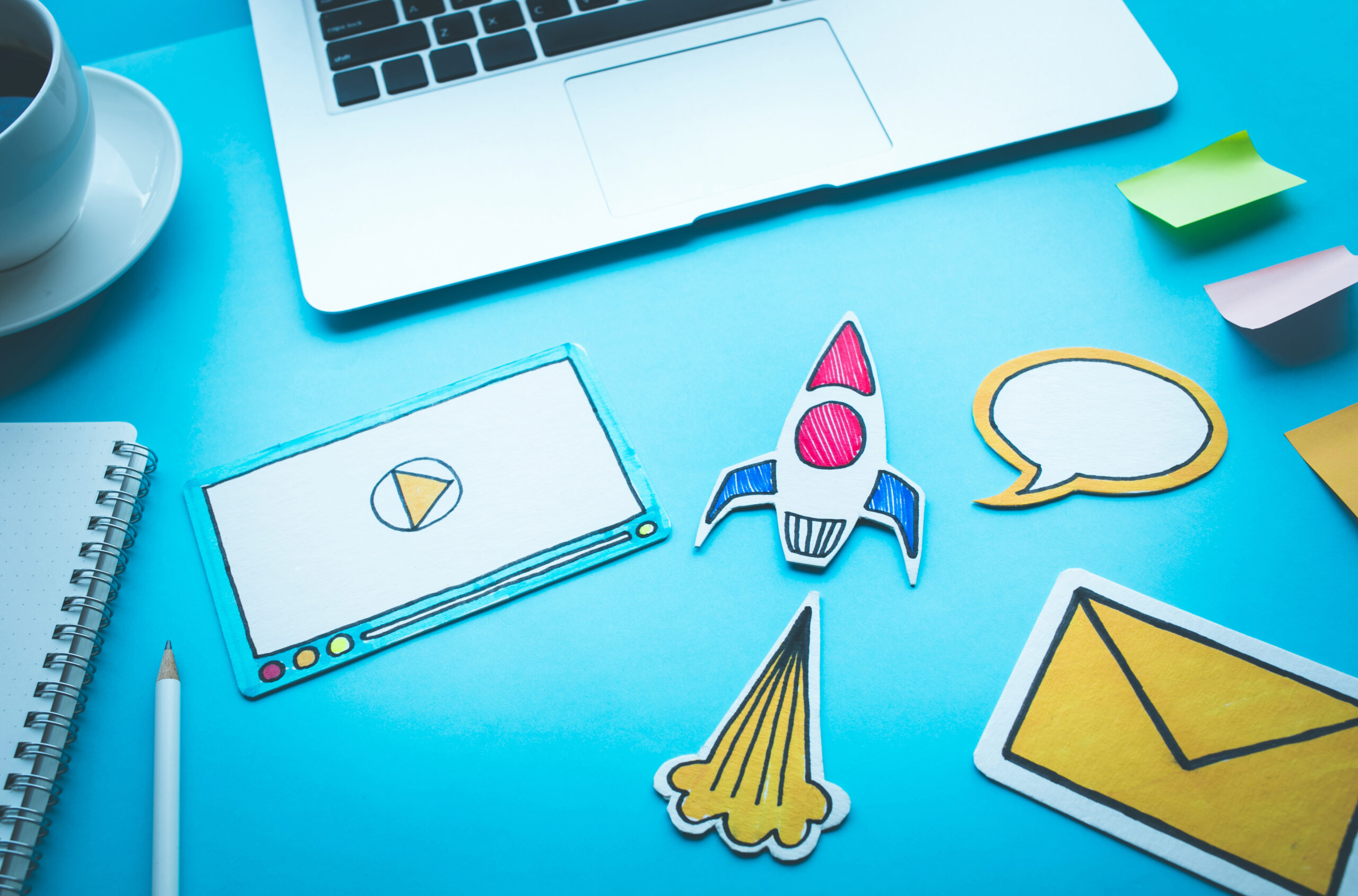
How to Create an Effective Email Content Plan for 2025: Strategies to Boost Engagement and Conversions
In 2025, email marketing continues to be one of the most powerful tools for engaging audiences and driving conversions. However, the landscape is evolving, and businesses need a well-thought-out content plan to stand out in crowded inboxes. Whether you’re starting fresh or refining your existing strategy for effective email content plan for 2025, here’s how to create an email content plan that delivers measurable results.
1. Define Clear Goals for Effective email content plan for 2025
Before creating content, establish what you aim to achieve with your email campaigns.
- Engagement Goals: Build brand loyalty, encourage email opens, and boost click-through rates.
- Conversion Goals: Increase sales, generate leads, or drive webinar registrations.
- Retention Goals: Keep existing customers engaged through value-driven content.
Pro Tip:
Use SMART goals—Specific, Measurable, Achievable, Relevant, and Time-bound—for your email campaigns. For instance, “Increase email open rates by 20% by the end of Q2 2025.”
2. Know Your Audience
Segment your email list to cater to your audience’s unique needs and preferences. Use data-driven insights to understand your subscribers’ demographics, behaviors, and purchase history.
Segmentation Ideas:
- New subscribers vs. loyal customers
- Location-based preferences
- Purchase history and browsing behavior
Pro Tip:
Create buyer personas to guide your tone, design, and content structure. Personalized emails have been shown to generate 6x higher transaction rates!
3. Map Out an Email Calendar – Effective email content plan for 2025
A content calendar is essential for staying organized and consistent. Plan your campaigns around key dates, product launches, and seasonal promotions.
What to Include in Your Calendar:
- Send dates and times (optimized based on audience behavior)
- Email themes (e.g., holiday sales, educational content, customer stories)
- Audience segments for each campaign
- KPIs for tracking success
Pro Tip:
Use tools like Monday, Asana, or Google Calendar to visualize your email content plan.
4. Craft Compelling Subject Lines
Your subject line is the first impression of your email. Make it irresistible to improve open rates.
Tips for Effective Subject Lines:
- Keep it concise (40-50 characters).
- Use numbers and statistics (e.g., “5 Tips to Boost Your Sales in 2025”).
- Create urgency (e.g., “Last Chance to Save 30%!”).
- Personalize (e.g., “John, Your Exclusive Offer Awaits!”).
Pro Tip:
A/B test subject lines to discover what resonates best with your audience.
5. Deliver Value in Your Content
Content is king, and your emails should deliver value every time. Avoid being overly promotional and focus on solving your audience’s problems.
Content Ideas:
- Educational: Share how-to guides, tips, and industry insights.
- Promotional: Announce discounts, product launches, or limited-time offers.
- Engaging: Share user-generated content, testimonials, or interactive elements like polls.
- Storytelling: Build emotional connections by sharing your brand journey or customer success stories.
6. Optimize for Mobile Users
With over 70% of emails opened on mobile devices, mobile optimization is non-negotiable.
Mobile-Friendly Best Practices:
- Use responsive design for all devices.
- Keep subject lines short and impactful.
- Ensure CTA buttons are large and easy to click.
- Avoid large images that may not load quickly.
7. Include Clear CTAs (Call to Action)
A strong CTA guides readers toward the next step, whether it’s making a purchase, reading a blog, or signing up for a webinar.
CTA Tips:
- Be specific: Use action-oriented phrases like “Download Now,” “Shop Today,” or “Learn More.”
- Keep it prominent: Use contrasting colors and bold fonts to make your CTA stand out.
- Limit choices: Stick to one primary CTA to avoid overwhelming readers.
8. Leverage Automation and Personalization
Automated workflows save time and ensure timely communication. Personalized emails make subscribers feel valued and understood.
Examples of Automated Campaigns:
- Welcome Emails: Greet new subscribers with a friendly introduction.
- Abandoned Cart Emails: Remind customers to complete their purchase.
- Birthday/Anniversary Emails: Send personalized offers or greetings.
Pro Tip:
Use tools like Mailchimp, ActiveCampaign, or HubSpot to create and manage automated email workflows.
9. Analyze and Refine
The key to success lies in tracking performance and adapting your strategy. Regularly review your campaign metrics to identify what’s working and what isn’t.
Metrics to Monitor:
- Open rates
- Click-through rates
- Conversion rates
- Bounce rates
- Unsubscribe rates
Pro Tip:
Run A/B tests on subject lines, content formats, and send times to optimize results continuously.
10. Partner with Experts
Developing an email content plan can be time-consuming. Partnering with a professional digital marketing agency like Bright Moon Digital LLC ensures your strategy is aligned with the latest trends and tailored to your business goals.
Why Choose Bright Moon Digital LLC?
- Expertise in audience segmentation and personalization.
- Creative email design that aligns with your brand.
- Data-driven strategies to maximize engagement and conversions.
- Seamless collaboration with teams in the USA and Eastern Europe.
Conclusion
An effective email content plan is essential for engaging your audience and achieving your business goals in 2025. By setting clear objectives, understanding your audience, and leveraging the latest tools and techniques, you can create campaigns that drive both engagement and conversions.
Ready to elevate your email marketing strategy? Contact Bright Moon Digital LLC today and let us help you craft campaigns that deliver measurable results!



